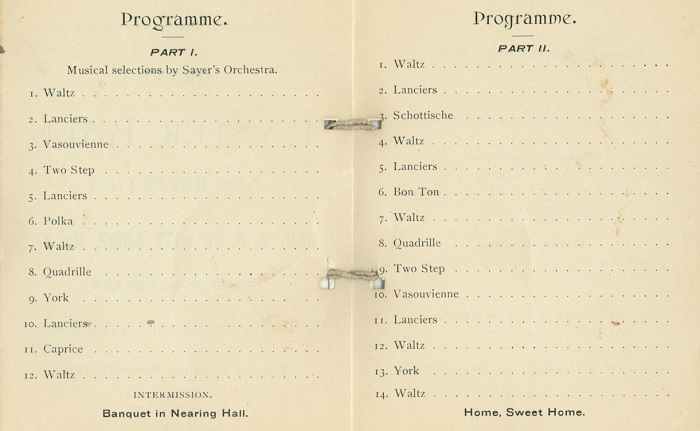Late last week, Gardner Denver acknowledged it has engaged investment bankers at Goldman Sachs to help evaluate potential strategic alternatives, including sale of the company.
The company’s stock price jumped with the news. However, there’s reason to believe an eventual sale of Gardner Denver could be done at a price materially above current stock-price levels, especially since its shares seem to have been trading at a discount prior to the run-up. Continue reading “Gardner Denver’s Dance Card to Fill Up Fast”













